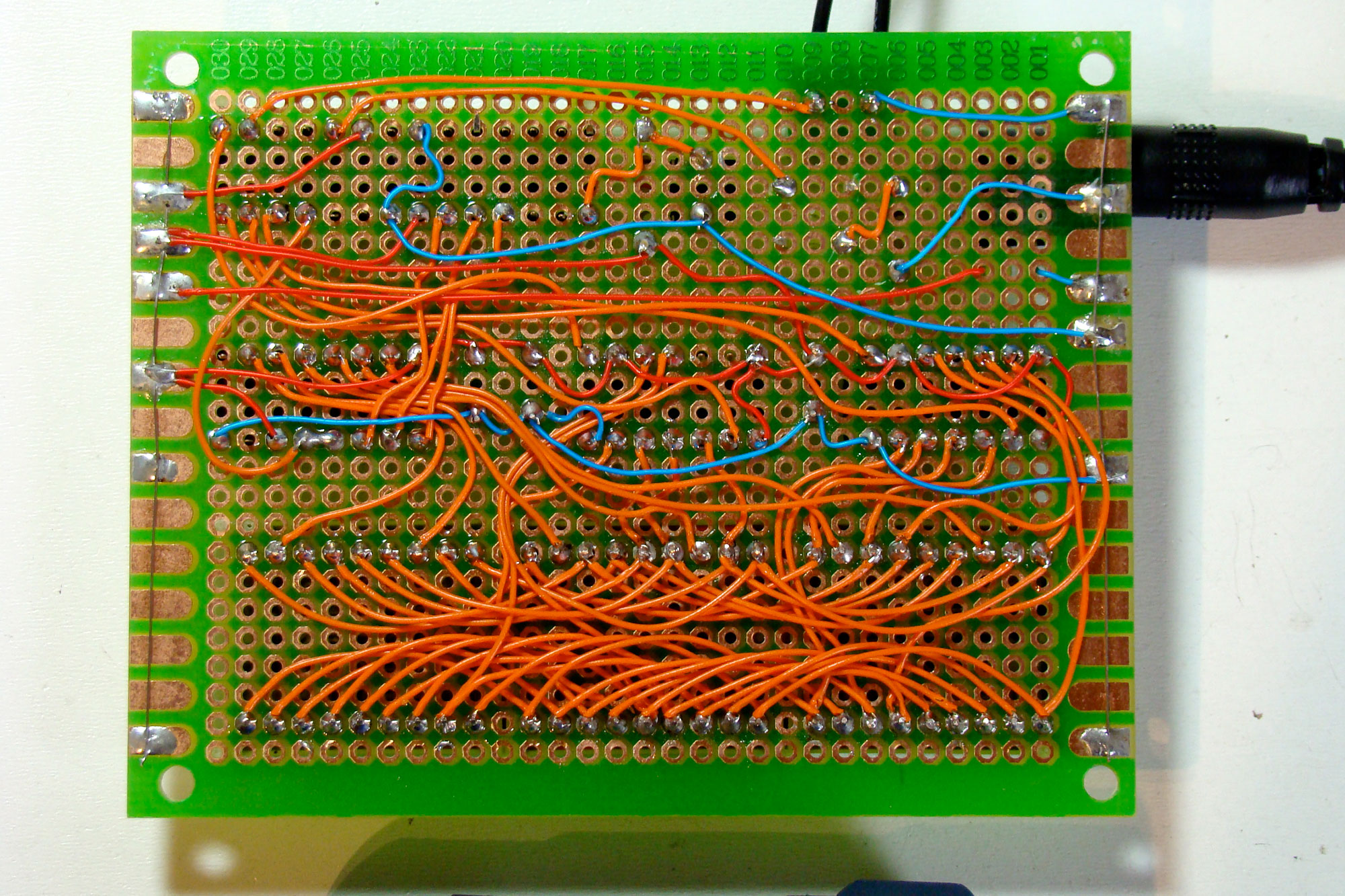
Best Way to Prototype a Circuit
Prototyping a circuit is a crucial step in the design process. It allows engineers and designers to test out their ideas before committing to a final design. There are several methods for prototyping a circuit, each with its pros and cons. In this article, we will explore the best way to prototype a circuit to ensure a successful design.
Breadboarding
Breadboarding is one of the most popular methods for prototyping a circuit. It involves using a breadboard, which is a plastic board with holes for inserting components and metal strips connecting the holes. Breadboarding allows for quick and easy prototyping, as components can be easily inserted and removed. However, breadboarding is best suited for simple circuits with a low component count. Complex circuits may become messy and difficult to debug on a breadboard.
Printed Circuit Board (PCB) Prototyping
Printed Circuit Board (PCB) prototyping involves designing a PCB layout using software, which is then fabricated into a physical PCB. PCB prototyping is ideal for more complex circuits with a high component count. PCBs provide a more permanent and reliable solution compared to breadboards. However, PCB prototyping requires more time and resources, as the design needs to be finalized before fabrication.
Vector Board Prototyping
Vector board prototyping involves using a perforated board with holes arranged in a grid pattern. Components are soldered onto the board, similar to a PCB. Vector board prototyping offers a more robust solution compared to breadboarding, as components are securely attached. Vector boards are also more flexible compared to PCBs, as components can be easily moved around. However, vector board prototyping is not as visually neat and organized as PCB prototyping.
Simulation Software
Simulation software allows engineers to prototype circuits virtually before physically building them. Software such as SPICE (Simulation Program with Integrated Circuit Emphasis) can simulate circuit behavior and performance. Simulation software is ideal for complex circuits where physical prototyping may be impractical or expensive. However, simulations may not always accurately reflect real-world conditions, so physical prototyping is still necessary for validation.
Hybrid Prototyping
Hybrid prototyping combines multiple methods to prototype a circuit. For example, engineers may use breadboarding for initial testing and verification, then transition to PCB prototyping for a more permanent solution. Hybrid prototyping allows for flexibility and efficiency in the prototyping process. By combining different methods, engineers can leverage the strengths of each method to achieve the best results.
Conclusion
There is no one-size-fits-all solution when it comes to prototyping a circuit. The best method depends on the complexity of the circuit, time constraints, resources, and desired level of permanence. Engineers and designers should evaluate each prototyping method carefully to determine the most suitable approach for their project. By choosing the right prototyping method, developers can streamline the design process and ensure a successful end result.
Was this helpful?
0 / 0